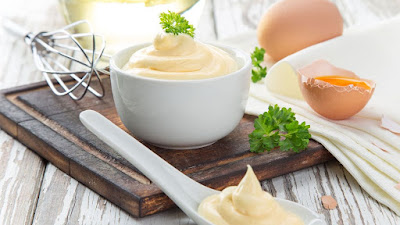Potato chips are one of the most popular snack foods consumed across the globe. Potato chips are available in plain, cream and onion, barbecue, cheese, cheese, salt and vinegar, jalapeno, and many other flavors. They are not only eaten as savory snacks (a small serving of food that is spicy or salty but not sweet) but are also used as an ingredient in various dishes, such as taco salad, crusty chip mac and cheese, potato chips omelet, chips with tuna casserole, potato chip chicken, and other recipes. Something savory is full of flavor, delicious, and tasty.
Potato chips are thin slices of potato that have been either deep-fried or baked until crunchy. They are commonly served as a snack, appetizer, or side dish. Baked chips have been touted as healthy, as they are lower in fat, saturated fat, and calories than traditional potato chips, but baked chips contain less of the good stuff. As an occasional treat, baked chips can be part of a healthy diet. This is because generally baked potato chips do not contain nearly as much fat or as many calories as the fried version.
While, fried potato chips are one of the most popularly consumed snacks worldwide due to the taste and easy availability across the market. Fried potato chips do not contain healthy amounts of minerals and vitamins to help compensate for the high fat and salt content. However, the cooking process plays an important role in whether or not chips are good/bad for overall health. According to the American Cancer Society, potato chips contain the compound acrylamide which is created in high-starch foods when they're fried, roasted, or baked.
Potato chips are one of the most popular snacks in the United States. Lay's, Wavy Lays, Ruffles, Tostitos, Pringles, and Doritos are the most popular brands of chips in the U.S. In 2020, Lays remained the most popular brand of chips in the U.S., with whopping 59.9% share of America's potato chips industry.












